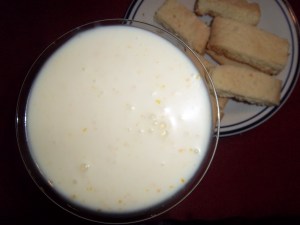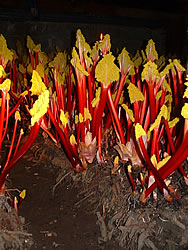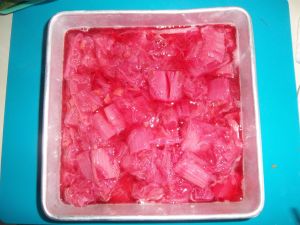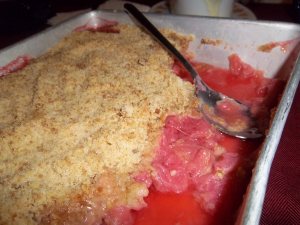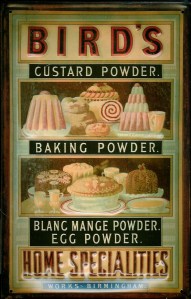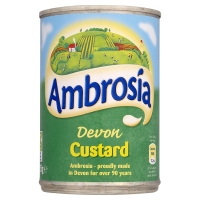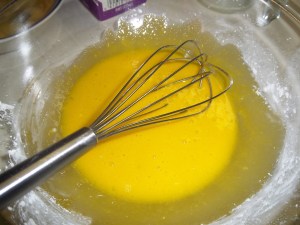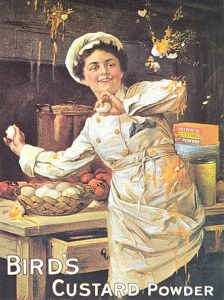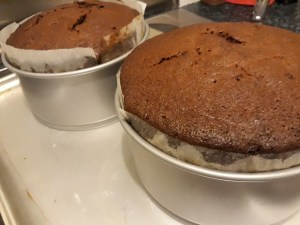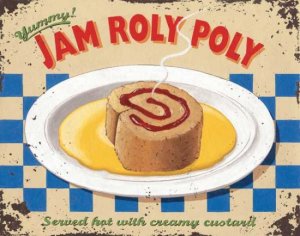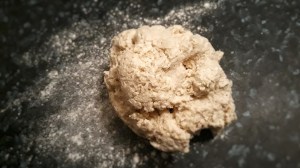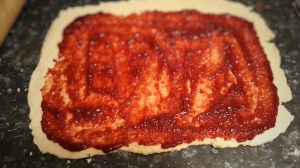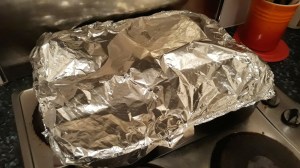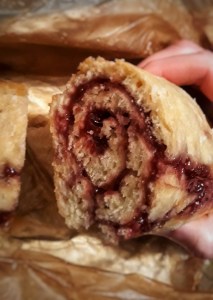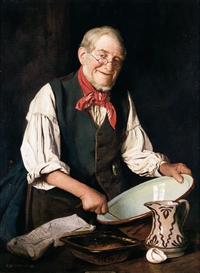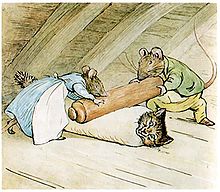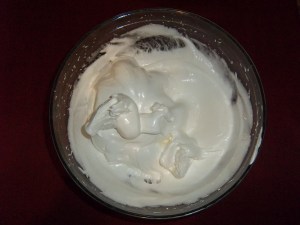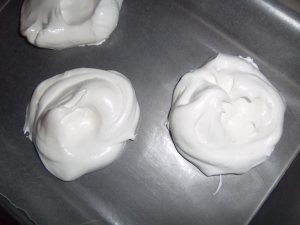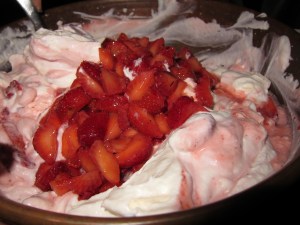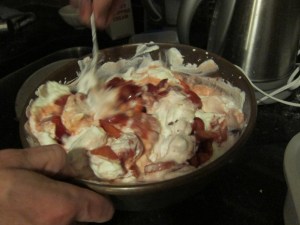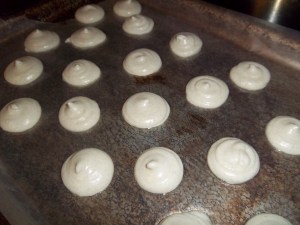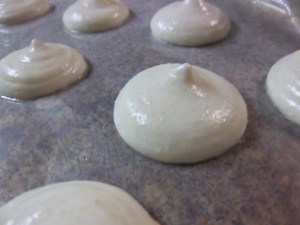I expected this post to be a simple recipe with a short history of the creamy dessert. However, as is so often in writing posts for this blog, it ends up being rather more complicated.
When I think of a posset, I think of a simple affair of sweetened cream thickened with an acidic fruit. However, this is very much a modern posset (by modern I mean twentieth century).
King Charles I
Originally the posset was a dessert or drink made from curdled milk enriched with sugar, alcohol (the most popular being sack, a sweet ale similar to sherry). It was often used as a curative for colds or fevers; it is mentioned in the Journals of the House of Lords in the year 1620 that King Charles I was given a posset drink from his physician. These drinks were kept warm and made in a special cup rather like a teapot so that the liquid could be drunk from beneath the foam that develops on the surface. Shakespeare mentions possets several times in his writings, in Hamlet, Act 1 Scene 5, he mentions the posset’s medicinal properties and that it is made from curds:
And with sudden vigour it doth posset,
And curd, like aigre [sour] droppings into milk,
The thin and wholesome blood.
Possets were eaten for pleasure too though:
Yet be cheerful knight: thou shalt eat a posset to-night at my house;
Where I will desire thee to laugh at my wife.
The Merry Wives of Windsor, Act 5, Scene 5
William Shakespeare
Kings and lords had their cream and curd possets, whereas we normal folk had to use bread to thicken ours.By the time we reach the mid-18th century, possets have changed; they are made from milk, but now are thickened with biscuits, bread, egg yolks or almonds, or a combination. Sack seems to still be the most popular and lemon possets make an appearance. Sack possets were drunk at weddings when it came to toasting the bride and groom around this time, though I don’t know where this originated from.
Possets 1769
Grate two Naples biscuits into a pint of thin cream, put in a stick of cinnamon and set it over a slow fire. Boil it till it is of a proper thickness, then add half a pint of sack, a slice of the end of a lemon, with sugar to your taste. Stir it gently over the fire, but don’t let it boil lest it curdle. Serve it up with dry toast.
Elizabeth Raffald, The Experienced English Housekeeper 1769
Mrs Raffald also highlights the fact that you don’t want your posset to curdle: ‘always mix a little of the hot cream or milk with your wine, it will keep the wine from curdling the rest’. In the 19th century, Richard Cox in his Oxford Night Caps (1835) mentions those made from curds and those thickened with cream and egg yolks, so technically a custard, I suppose. Sometimes they were thick, and sometimes drinkable like egg nog. He mentions a black pepper flavoured posset that will ‘promote perspiration’ in order to sweat out a fever.
Here’s a strange thing though; if you rewind time back to Shakespearean days and look for a recipe for a trifle, what you seem to get is a recipe for a modern-day posset:
Take a pint of thick cream, and season it with sugar and ginger, and rose water. So stir it as you would then have it make it luke warm in a dish on a chafing dish and coals. And after put it into a silver piece or a bowl, and so serve it to the board.
Thomas Dawson, The Good Housewife’s Jewel 1596
You can see why a matter of no concern is called a mere trifle – they used to be so simple, but now they are complex and as the trifle changed over time so did the posset and it seems to have filled the niche left behind by the trifle. Possets, however, are no longer that popular. They are easy to make when cream is the sole thickener.
If you like the blogs and podcast I produce, please consider treating me to a virtual coffee or pint, or even a £3 monthly subscription: follow this link for more information.
Orange Posset 2012
Here’s the recipe I devised for an orange posset, which I think works very well. You can make a lemon one from two lemons and perhaps an ounce or two more of sugar. I have kept to its historical roots with the addition of a little orange flower water. This makes six helpings.
Ingredients
1 pint (20 fl oz) of double (heavy) cream
4 oz caster sugar
the juice of two oranges and the zest of one
juice of half a lemon
1 to 2 teaspoons of orange flower water (optional)
Bring the cream and sugar slowly to a boil and let it simmer very gently for 5 minutes. Allow to cool before adding the juices and zest whisking well; the acid thickens the cream noticeably. Add the first teaspoon of orange flower and taste, adding more if you like. Pour into six serving dishes and chill for several hours, or overnight. Eat with a crunchy crumbly almond biscuit or some shortbread.



